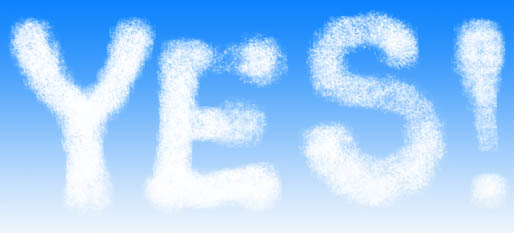Perhaps it's something that graphic designers and artists are taught on their first day at art school -- but I didn't go to art school and also I didn't hang out with the kinds of people who ever showed the slightest interest in cutting circles out of paper, so I missed out on this little trick and had to wait 57 years to wake up one day and work it out for myself.
You'll need a couple of pieces of equipment: one, a compass with a bow-attachment and two, a box-cutter or Exacto knife. And of course a sheet of paper, a drawing board and a cup of water.
A bow attachment is something that is bundled along with most good compass sets and is used for drawing circles in ink rather than with a pencil-point. It resembles the beak of a slightly peevish hornbill -- and is definitely an instrument that looks as if it was designed in the nineteenth century (and probably was). But the point is, it works rather well, so long as one is reasonably un-clumsy with open bottles of ink.
Anyway. For the purpose of cutting circles out of paper, you don't use ink with your bow attachment. Instead, you fit the attachment to the arm of the compass that usually holds a pencil point and you dip the beak of the bow in the cup of water. This causes a very small amount of water to be taken up at the tip of the bow. Then you use the compass in the usual way, depositing a circle in plain water onto your sheet of paper. Put the compass down, wipe the tip of the bow (so that it doesn't rust) and then, using the box-cutter and/or Exacto knife, gently separate the circle from the rest of the sheet -- the water will weaken the paper just enough to allow you to do this without ripping the paper sideways. Ta-daaaaa! A neat and graceful circle-shaped aperture appears where before there was none.
It works best with thin paper of course -- but I cut a large number of circles out 150 gsm card the other day, slicing along the water track left by the bow attachment, with very little difficulty. The results were definitely neater and more circular than if I'd just used the cutter on its own.
All through my life, I have tried cutting circles out using scissors (hopeless!) and tiny knife-blades with circle-templates but the results have not been good because (a) tiny knife-blades seem to get blunt very easily so they require a great deal of pressure and (b) when the blades are NOT blunt, they slice through the plastic of the template. I have also tried attaching blades of various kinds to my compasses but it is too much of a struggle, and anyway, the blades bend and wiggle in a most uncooperative manner. Google searches reveal that Rotring and Staedtler make blade attachments for compasses -- but then these are NOT standard add-ons with compass sets and I have never got around to buying one.
No doubt there are laser-cutters out there, made exclusively for the professional and non-garden-variety of circle-cutter. But for me, this late-life discovery of the uses of a bow-attachment is very pleasant and I am very grateful to the Muse of Circles, whoever she is, for whispering this secret in my ear.

 Waffle
Waffle ShowerBath
ShowerBath BeerWagon
BeerWagon Divya,Deke,Boston
Divya,Deke,Boston